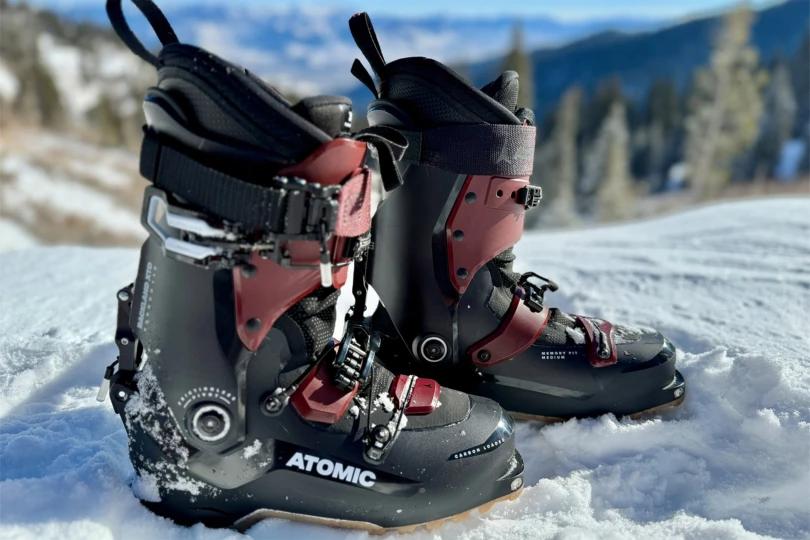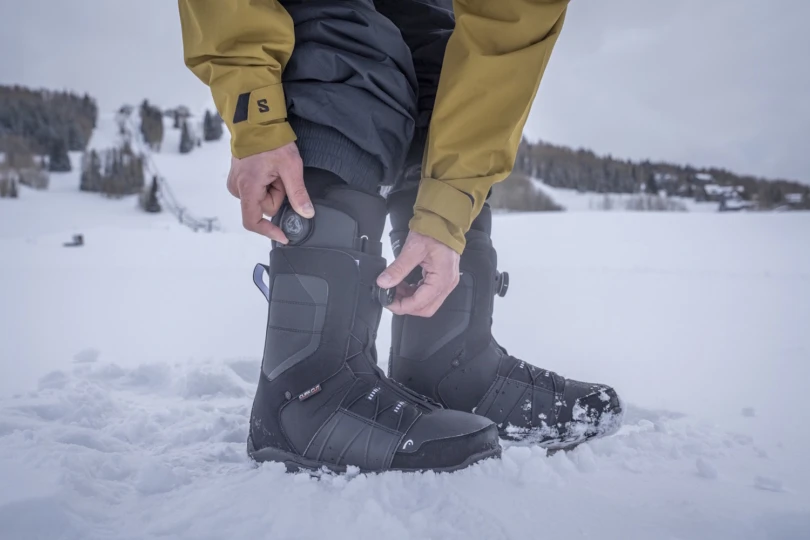Dry tarmac is a luxury during winter up north. Untold thousands of people in the U.S. pedal year-round to work or school, commuting on city streets and plowed trails.

New cycling equipment, better apparel and a growing awareness of the feasibility of wintertime riding has caused a jump in participation.
The attraction? Street parking is free. Gas prices do not apply. In a storm, two wheels and pedals can be faster for getting around a city than a car struck in a traffic jam.
However, winter riding is not without hardship. Evening comes early, forcing riders to pedal home in the dark. Snowdrifts squeeze streets, eliminating a comfortable side lane for bikes. Frozen fingers and feet are common issues for the unprepared.
But dress right, use fenders and lights, maybe add studded tires, and commuting in the bleak months can be comfortable and efficient. Here are 10 tips to help you ease into the wintertime cycling scene:
1. Follow the plow
Bike trails are regularly plowed in many major metro areas. For example in Minneapolis, more than 50 miles of trail is plowed after a snow.
2. Road conditions
Believe it or not, the medium during most winter commutes is often the same dry pavement as in the summer. Sand, salt, sun, and snowplows eliminate ice and snow from roads in the days after a storm.
3. Ride steady
For slippery stretches, riders should slow down and stay loose. Brake only on the rear wheel to avoid spinouts on slick surfaces. And be prepared to take your feet off the pedals if the bike starts to fishtail or tilt.
4. Watch out
Cars are less aware of bikers in the winter. Ride defensively. Make eye contact with drivers.
5. Choose the right ride
Don’t use your $3,000 road steed or a full-suspension mountain bike in the snow. Sand, salt, and grit can destroy suspension and gears. Instead, go with an older bike you designate for cold-weather use, adding fenders, bright lights and winter wheels. Some cyclists employ single speed bikes in the winter, as they have fewer moving parts and require less maintenance.
6. Cold and clean
Unless you plan to clean it off, keep your bike cold and store it in the garage. A room-temperature bike in new snow can cause ice to form on brakes and gears more easily. Also, keep your chain and gear cassette lubricated for best operation.
7. Go Studs
Carbide-studded tires can increase grip on snow and ice, and some riders swear by them.
8. Go Fat
Fat bikes are becoming one of the most popular commuter options, especially in cities that get lots of snow. The wide rubber will let you float through new-fallen snow and avoid ruts in icy streets where other tires can get trapped.
9. Protect your core
Any outdoorsy person knows that layering is the key to staying warm and managing sweat in the cold. A common configuration for biking includes a wicking base layer shirt followed by an insulating fleece top, then with a waterproof and windproof shell jacket. For the legs, usually one less layer is needed; many riders wear normal pants like jeans covered up with a wind-shell pant. If your commute is long, consider bike tights or shorts with a chamois pad combined with long underwear bottoms and the shell pants on top.
10. Headwear
Jacket hoods are a no-no, as air funnels in as you move, inflating a hood like a sail. Instead, many riders wear balaclavas and sunglasses or ski goggles. Tight-fitting (but warm) fleece skull caps are popular. Top it off with a helmet, perhaps sized larger in winter to fit over all the insulation.
11. Warm hands and feet
Switch out gloves for mittens or bifurcated “lobster”-style handwear, which keep fingers close together and warmer. Winter boots, not bike shoes, are best for the coldest days, but use platform pedals with aggressive tread for good grip as you crank. Above 20 degrees, many riders get away with bike shoes, employing neoprene covers to add insulation and buffer warm air. Some companies, notably 45NRTH and Lake Cycling, sell insulated winterized bike shoes compatible with clipless pedals.
12. Public transit as retreat
Many metropolitan trains and public buses allow bikes, letting riders surrender on the worst days and hop a ride home. Bike near a bus route and you have bail-out points should the commute prove too long or laborious in the snow.








